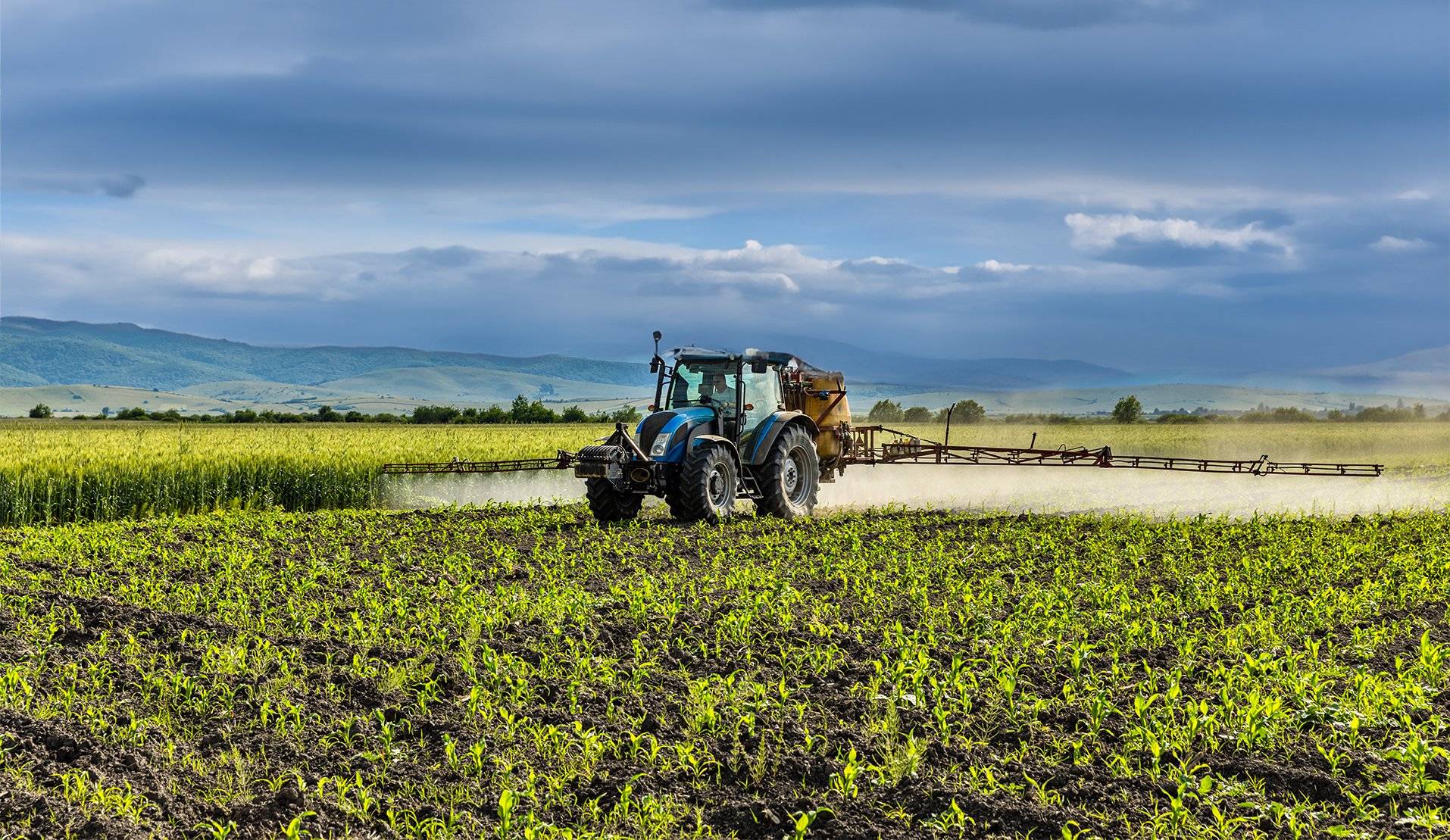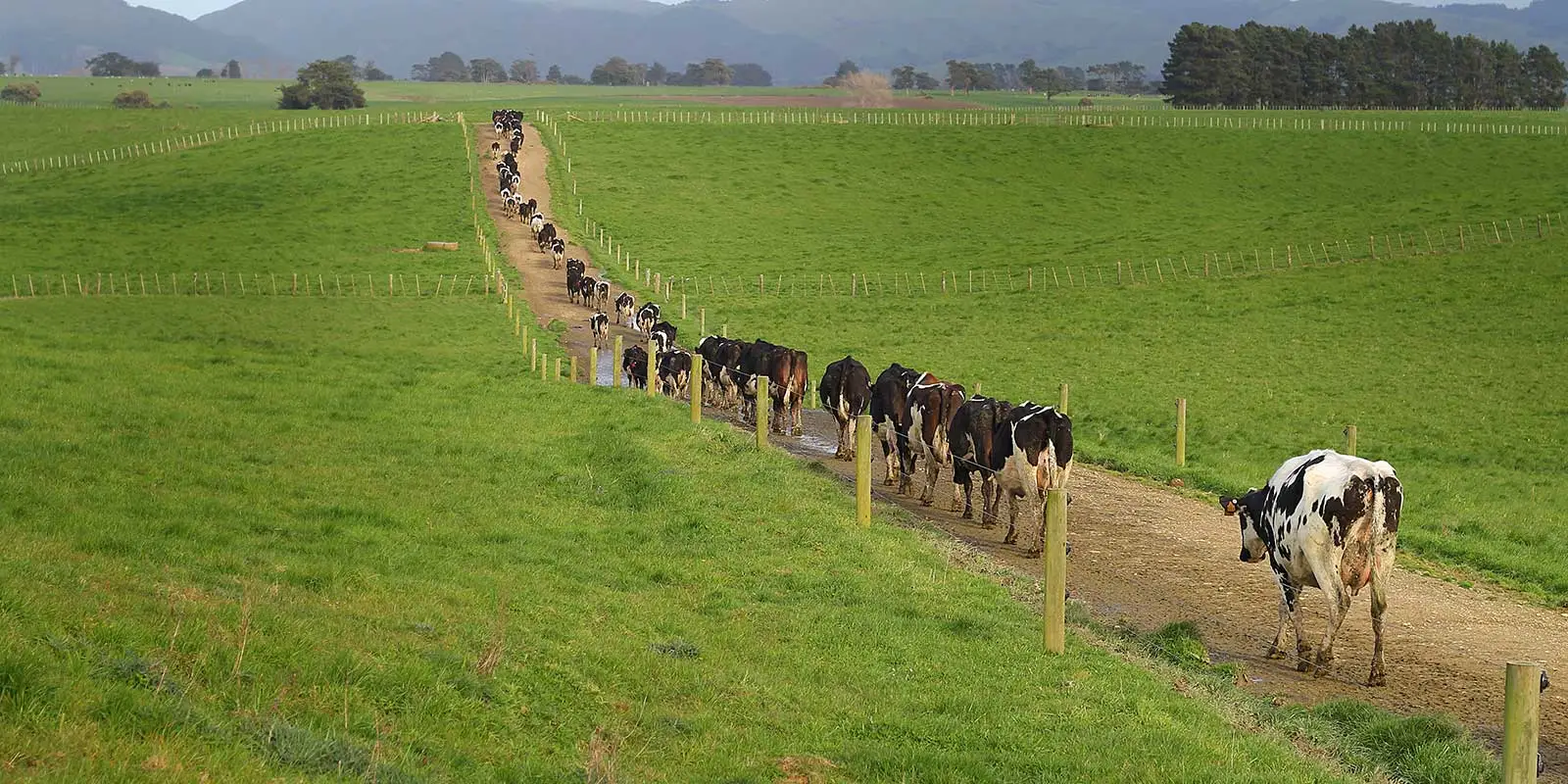
Managing nitrogen fertiliser use
Nitrogen fertiliser is an incredibly valuable tool that plays a critical role in enhancing the growth of both pasture and crop on pastoral dairy farms. It is important, however, to recognize that simply applying nitrogen fertiliser is not sufficient; the success and efficacy of its use are heavily dependent on three key factors: timing, location, and quantity.
Applying nitrogen at the right time ensures that plants receive the nutrients when they need them most, which promotes optimal growth and health. Similarly, applying it in the right place prevents waste and ensures that the product benefits the desired areas rather than contaminating other parts of the environment.
Furthermore, administering nitrogen fertiliser at the correct rate is crucial, as too little can lead to underperformance, while too much can result in environmental harm and reduced farm profitability. By optimizing the use of nitrogen fertiliser in these ways, farmers can not only improve their yield and efficiency but also contribute to better environmental outcomes.
This balanced approach leads to a more sustainable farming practice that ultimately results in more profitable feed for dairy operations, making it a win-win scenario for both the agricultural community and the environment.

When to use nitrogen fertiliser
Creating an annual plan for nitrogen fertiliser use can help maximise the response rate and improve efficiency of use. Contact your local fertiliser rep or farm advisor to help you set up a plan. Recording and reporting your annual nitrogen use across your farm(s) is also required to ensure you are meeting the nitrogen cap regulations.
Before you apply nitrogen fertiliser consider pasture growth needs, soil conditions, and the cost of growing and harvesting the extra pasture relative to milk price. The profitability of applying nitrogen depends on the extra feed grown (the response) being utilised for animal production. Nitrogen either needs to be applied to fill genuine feed deficits, or any surplus feed needs to be identified and harvested to make quality supplement.
It is important to remember that a response from pasture to a nitrogen fertiliser application occurs over 3-14 weeks and therefore should be applied in anticipation of a feed deficit.

Nitrogen fertiliser response
Nitrogen fertiliser response is highly dependent on several environmental factors:
- Amount of available mineral nitrogen in the soil – the greater the deficit, the higher the response.
- Soil temperature – the warmer the soil, the greater and more immediate the response.
- Pasture height and growth – a minimum height of around 1500 kgDM/ha (or 3.5cm) and the faster the growth, the greater and more immediate the response.
- Moisture – too much or too little water will lower the response.
- Rate of nitrogen applied per application – there is a diminishing response at high application rates (>50 kg N/ha).
- Pasture sward health – ryegrass dominant swards will have a greater response than a poor performing pasture which is due for renewal.
- Seasonal change – response rate depends on the season and on the application rate (see seasonal application below for more).
Pasture response rate
The amount of pasture grown in kg DM per kg N/ha applied is the nitrogen ‘response rate’.
For example, where 30kg N/ha is applied, and an additional 300kg DM/ha of pasture is grown, the response rate is 10kg DM/kg N fertiliser applied.
The best response to nitrogen fertiliser occurs on fast-growing pasture, when other factors such as moisture and soil temperatures are not limiting growth, and when all other soil nutrient levels are satisfactory.
Results from research projects, including the Forages for Reduced Nitrate Leaching (FRNL) trials, showed that a maximum of 25 to 40kg N/ha are the best application rates. 40kg N/ha application rate was only useful when conditions for pasture growth were optimal.